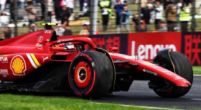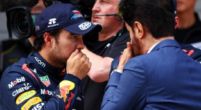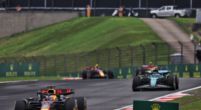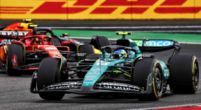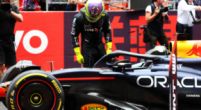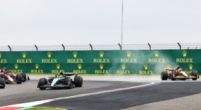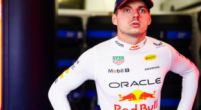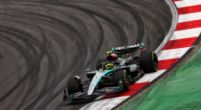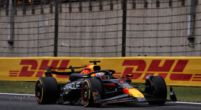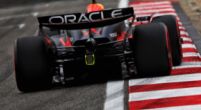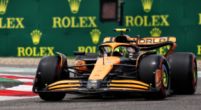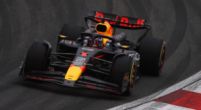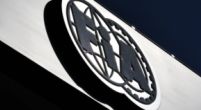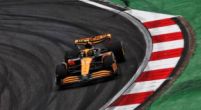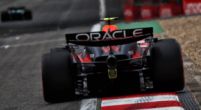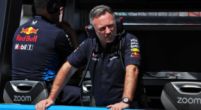F1 News
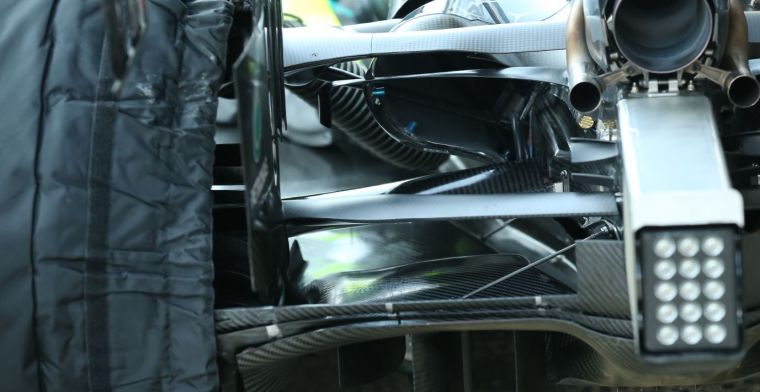
FIA looks at new safety measures, including coloured taillights
The FIA has investigated 28 different incidents and based on this they have made a proposal to further improve safety during races. One suggestion is to increase the number of taillight colours that can reflect the status of the track. This will allow drivers to see even better what is going on and that should further reduce incidents with major consequences.
Other lighting
An example that is suggested is that if it rains and the track situation changes to yellow flag conditions, then all rear lights of the active cars will turn yellow. This could then be set by race control. When it rains, visibility is poor, especially if you drive right behind other cars and therefore drivers may miss flags or indications on the steering wheel. With a yellow taillight in front of the car, there would be an extra indicator.
The same system can be applied when only part of the track is covered by the yellow flag. It would then jump to yellow as soon as the driver enters the zone. However, the FIA states that this idea requires further research. In any case, the objective is clear: "to improve the reliability of notifications to the driver, so that drivers can react in a correct and proportional way".
Limitation of debris
Anthoine Hubert's accident last year at Spa-Francorchamps also gave rise to further investigation into debris. It is in the case of heavy impact from behind that the rear can become completely detached from the front. This potentially results in two potentially dangerous massive debris and the more debris there are on the track, the more danger this poses for the drivers who have to pass through.
The FIA is investigating whether they can minimise the debris produced in a crash, especially those of the Hubert calibre. The aim is to at least keep the two parts of the car together. In addition to this, the FIA is also looking into ways to improve the front and sides of cars. That in the sense of how much energy the cars can absorb in that area.
Currently, Formula 1 and Formula E are already on their way to incorporate improved impact structures into the design of the cars. Formula 2 and Formula 3 will include that in the next chassis, writes Autosport.com.





